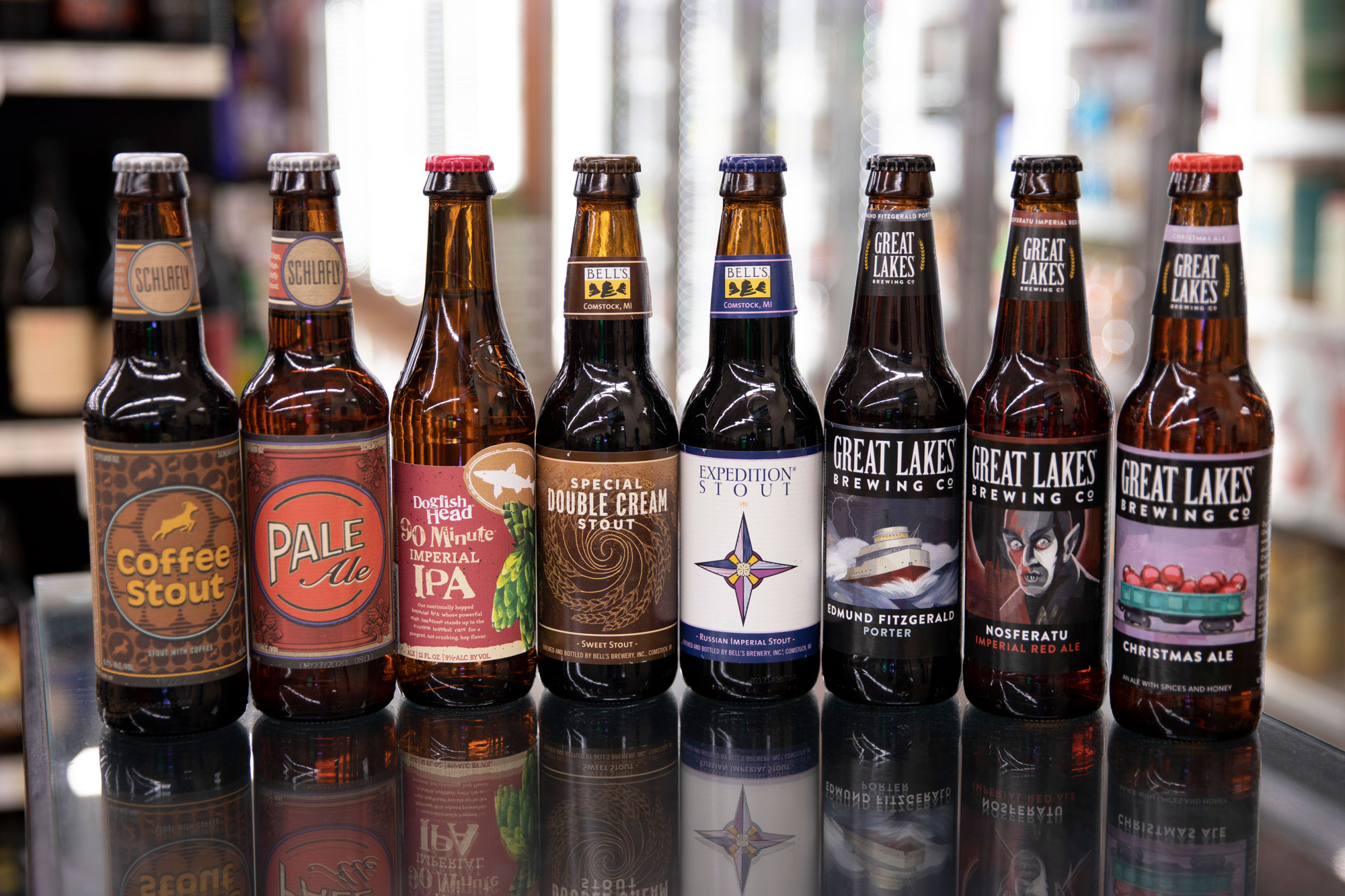Behind-the-Scenes at a Distillery in Galveston: Tours and Tastings
Behind-the-Scenes at a Distillery in Galveston: Tours and Tastings
Blog Article
Opening the Mysteries of Distillery Processes: A Comprehensive Introduction
Within the world of distillery procedures lie details that frequently remain veiled to the informal observer. As we venture into the depths of spirit aging methods and the accuracy of high quality control actions, a tapestry of flavors and aromas emerges, formed by innovative practices and time-honored customs.
The Art of Mashing and Fermentation
In the distillery process, the art of mashing and fermentation plays a crucial duty in transforming raw products into the first stages of alcohol production. Mashing entails the process of damaging down the starches in grains like rye, corn, or barley, right into fermentable sugars.
Yeast, an essential gamer in this phase, is included to the wort to kickstart the fermentation process. This transformative procedure generally takes several days to finish, depending on the desired alcohol web content and taste profile.
Mashing and fermentation are detailed processes that set the structure for the alcohol that will become distilled and aged to produce a final item with unique features and flavors.
Understanding the Purification Process
One of the pivotal phases in the manufacturing of alcohol involves understanding the purification procedure. Distillation is an approach made use of to different alcohol from the fermented liquid, typically through heating and cooling procedures.

Recognizing the distillation procedure is important for distillers to control the high quality, strength, and taste of the alcohol being generated. By understanding the art of distillation, distilleries can produce a vast array of spirits with distinctive qualities that interest different customer choices.
Keys of Spirit Aging Methods
Checking out the intricacies of spirit aging strategies reveals the surprise creativity behind the advancement of nuanced tastes and fragrances in distilled beverages. The aging procedure is a critical point in the production of spirits, where the fluid communicates with the oak barrels, soaking up substances that enrich its account gradually. One of the tricks to effective aging depends on the selection of barrels. Distilleries commonly utilize charred oak barrels, which pass on one-of-a-kind flavors to the spirit via a process of removal and oxidation. The duration of aging is one more vital factor that distillers very carefully regulate to attain the desired taste profile. Longer aging durations tend to lead to smoother, extra complex spirits, while shorter durations might stress bold, younger attributes.
Additionally, the environmental problems in which the barrels are stored play a considerable function in shaping the final item. Changes in temperature and moisture can influence the rate of aging additional resources and the communications in between the spirit and wood. Master distillers masterfully browse these variables to craft spirits with unique personalities, embodying the end result of innovative techniques and classic traditions.
Quality Assurance and Screening Techniques
The precise craftsmanship showed in picking barrels and managing aging durations in the spirits production procedure highlights the essential relevance of rigorous quality assurance steps and exact screening techniques (Distillery in Galveston). Quality assurance in distilleries includes several phases to guarantee that each batch satisfies the wanted standards. From raw product inspection to final item evaluation, each action is vital in preserving uniformity and excellence
One vital element of quality assurance is sensory evaluation, where skilled experts assess the scent, taste, and general quality of the spirits. Chemical evaluation strategies such as gas chromatography and mass spectrometry are used to detect any type of contaminations or discrepancies from the preferred make-up. In addition, physical tests like density measurements and pH evaluation give more insights into the product's features.
To informative post guarantee adherence to internal standards and regulatory needs, distilleries additionally perform microbiological screening to examine for any microbial contamination that can influence the item's safety and security and life span. By applying durable quality assurance and screening techniques, distilleries can promote their online reputation for producing costs spirits continually.
Exploring Distinct Flavor Infusions

In the process of taste mixture, the selected botanicals are included to the base spirit and delegated emaciate or steep for a given duration. This enables the alcohol to extract the tastes and vital oils from the botanicals, causing a harmonious blend of tastes (Distillery in Galveston). Distilleries might likewise employ strategies like vapor mixture or basket infusion during purification to present details tastes to the spirit
Moreover, some distilleries choose for barrel aging or barrel completing strategies to present added complexity and deepness to their spirits with interactions like it with the timber. These techniques contribute to the development of unique taste accounts that attract a discerning target market seeking novel and memorable alcohol consumption experiences.
Verdict
In conclusion, the distillery processes involve elaborate actions such as mashing, fermentation, distillation, flavor, and aging infusions. Quality control and testing techniques are essential in ensuring the end product satisfies requirements. Recognizing the scientific research behind these processes is vital for generating high-quality spirits. By unlocking the enigmas of purification, distillers can develop tasty and one-of-a-kind spirits that attract a vast array of customers.
As we venture right into the depths of spirit aging methods and the precision of high quality control measures, a tapestry of fragrances and flavors emerges, shaped by cutting-edge techniques and time-honored traditions. Distilleries usually use charred oak barrels, which pass on special tastes to the spirit via a process of removal and oxidation.Making use of a diverse range of botanicals and active ingredients, distilleries can craft one-of-a-kind taste mixtures that establish their spirits apart in an affordable market. Distillery in Galveston.In the procedure of taste mixture, the picked botanicals are included to the base spirit and left to emaciate or high for a given duration. Distilleries might also utilize techniques like vapor infusion or basket infusion throughout distillation to present particular tastes to the spirit
Report this page